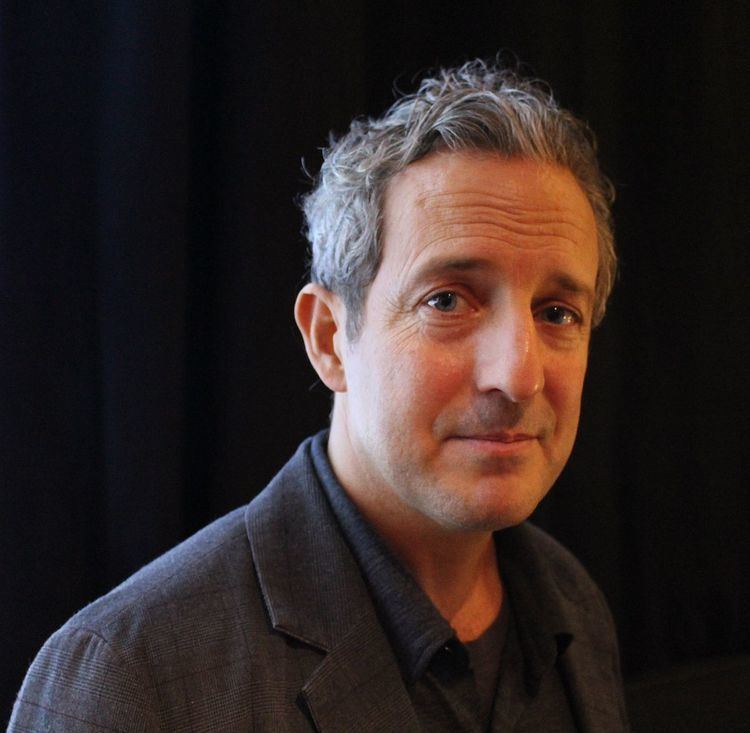 | ||
Somatic theory is a theory of human social behavior based loosely on the somatic marker hypothesis of António Damásio, which proposes a mechanism by which emotional processes can guide (or bias) behavior, particularly decision-making, as well as the attachment theory of John Bowlby and the self psychology of Heinz Kohut, especially as consolidated by Allan Schore.
Contents
It draws on various philosophical models from On the Genealogy of Morals of Friedrich Nietzsche through Martin Heidegger on das Man, Maurice Merleau-Ponty on the lived body, and Ludwig Wittgenstein on social practices to Michel Foucault on discipline, as well as theories of performativity emerging out of the speech act theory of J. L. Austin, especially as developed by Judith Butler and Shoshana Felman; some somatic theorists have also tied somaticity to performance in the schools of actor training developed by Konstantin Stanislavski and Bertolt Brecht.
Barbara Sellers-Young
Barbara Sellers-Young applies Damasio’s somatic-marker hypothesis to critical thinking as an embodied performance, and provides a review of the theoretical literature in performance studies that supports something like Damasio’s approach:
Edward Slingerland
Edward Slingerland applies Damasio's somatic-marker hypothesis to the cognitive linguistics of Gilles Fauconnier and Mark Turner and George Lakoff and Mark Johnson, especially Fauconnier and Turner's theory of conceptual blending and Lakoff and Johnson's embodied mind theory of metaphor. His goal in importing somatic theory into cognitive linguistics is to show that
the primary purpose of achieving human scale is not to help us apprehend a situation, but rather to help us to know how to feel about it. Especially in political and religious discourse--situations where speakers are attempting to influence their listeners' values and decision-making processes--I would like to argue that the achievement of human scale is intended primarily to import normativity to the blend, which is accomplished through the recruitment of human-scale emotional-somatic reactions. This argument is essentially an attempt to connect of conceptual blending theorists with those of neuroscientists who argue for the importance of somatic states and emotional reactions in human value-creation and decision-making.Douglas Robinson
Douglas Robinson first began developing a somatic theory of language for a keynote presentation at the 9th American Imagery Conference in Los Angeles, October, 1985, based on Ahkter Ahsen's theory of somatic response to images as the basis for therapeutic transformations; in contradistinction to Ahsen's model, which rejected Freud's "talking cure" on the grounds that words do not awaken somatic responses, Robinson argued that there is a very powerful somatics of language. He later incorporated this notion into The Translator's Turn (1991), drawing on the (passing) somatic theories of William James, Ludwig Wittgenstein, and Kenneth Burke in order to argue that somatic response may be "idiosomatic" (somatically idiosyncratic) but typically is "ideosomatic" (somatically ideological, or shaped and guided by society), and that the ideosomatics of language explains how language remains stable enough for communication to be possible. This work preceded the Damasio group's first scientific publication on the somatic-marker hypothesis in 1991, and Robinson did not begin to incorporate Damasio's somatic-marker hypothesis into his somatic theory until later in the 1990s.
In Translation and Taboo (1996) Robinson drew on the protosomatic theories of Sigmund Freud, Jacques Lacan, and Gregory Bateson to explore the ways in which the ideosomatics of taboo structure (and partly sanction and conceal) the translation of sacred texts. His first book to draw on Damasio's somatic-marker hypothesis is Performative Linguistics (2003); there he draws on J. L. Austin's theory of speech acts, Jacques Derrida's theory of iterability, and Mikhail Bakhtin's theory of dialogism to argue that performativity as an activity of the speaking body is grounded in somaticity. He also draws on Daniel Simeoni's application of Pierre Bourdieu's theory of habitus in order to argue that his somatics of translation as developed in The Translator's Turn actually explains translation norms more fully than Gideon Toury in Descriptive Translation Studies and beyond (1995).
In 2005 Robinson began writing a series of books exploring somatic theory in different communicative contexts: modernist/formalist theories of estrangement (Robinson 2008), translation as ideological pressure (Robinson 2011), first-year writing (Robinson 2012), and the refugee experience, (de)colonization, and the intergenerational transmission of trauma (Robinson 2013).
In Robinson's articulation, somatic theory has four main planks:
- the stabilization of social constructions through somatic markers
- the interpersonal sharing of such stabilizations through the mimetic somatic transfer
- the regulatory (ideosomatic) circulation or reticulation of such somatomimeses through an entire group in the somatic exchange
- the "klugey" nature of social regulation through the somatic exchange, leading to various idiosomatic failures and refusals to be fully regulated
In addition, he has added concepts along the way: the proprioception of the body politic as a homeostatic balancing between too much familiarity and too much strangeness (Robinson 2008); tensions between loconormativity and xenonormativity, the exosomatization of places, objects, and skin color, and paleosomaticity (Robinson 2013); ecosis and icosis (unpublished work).
